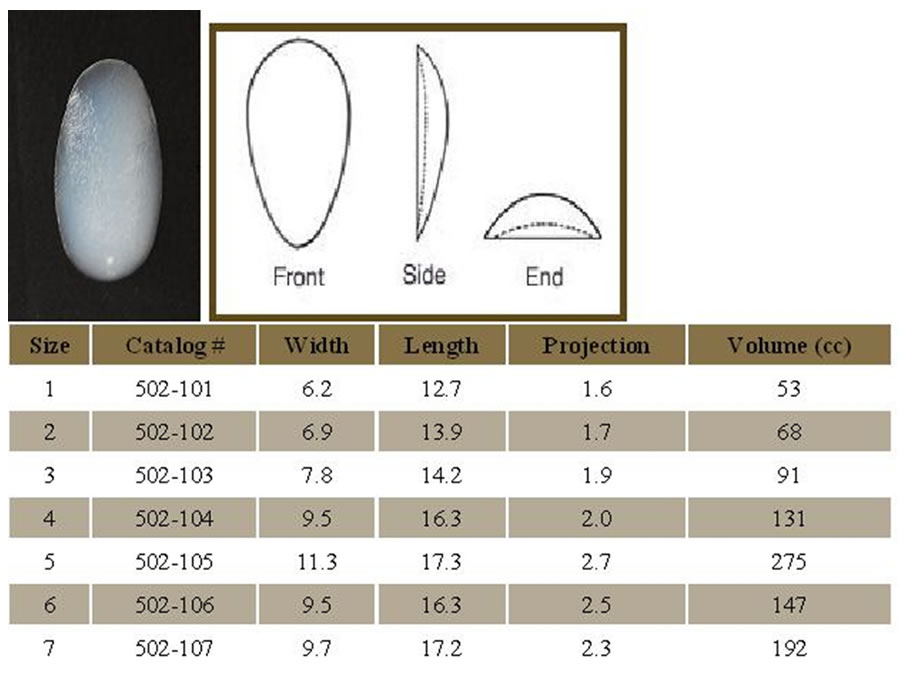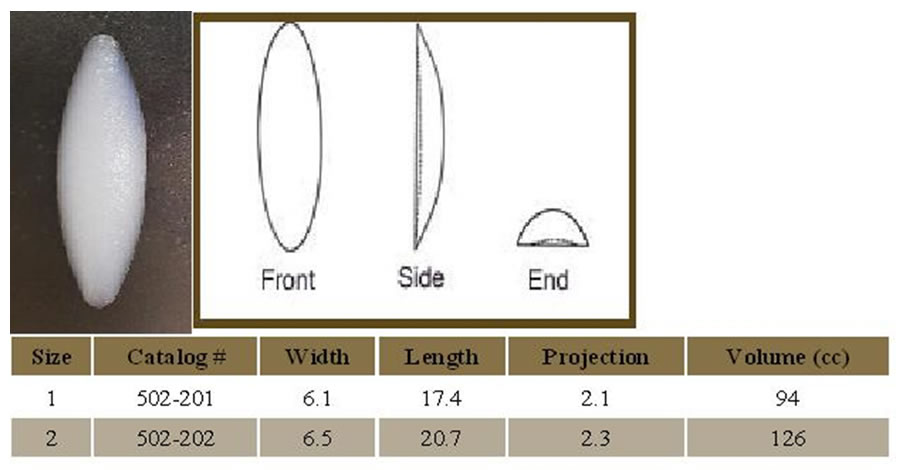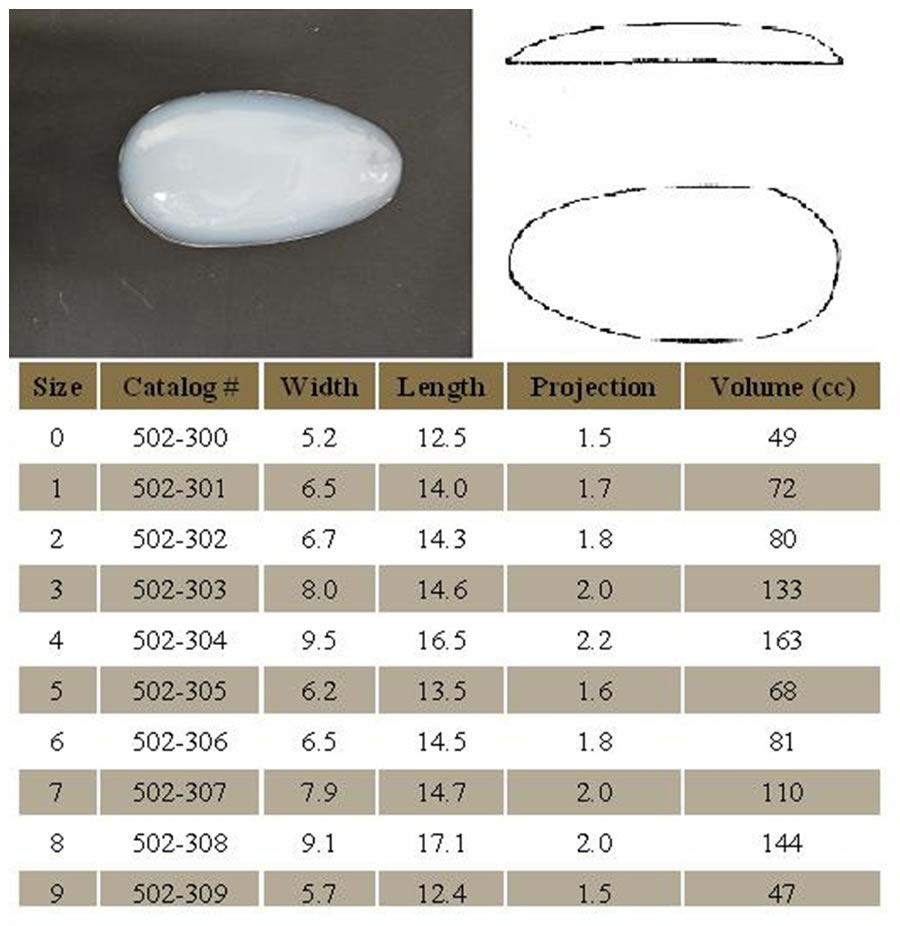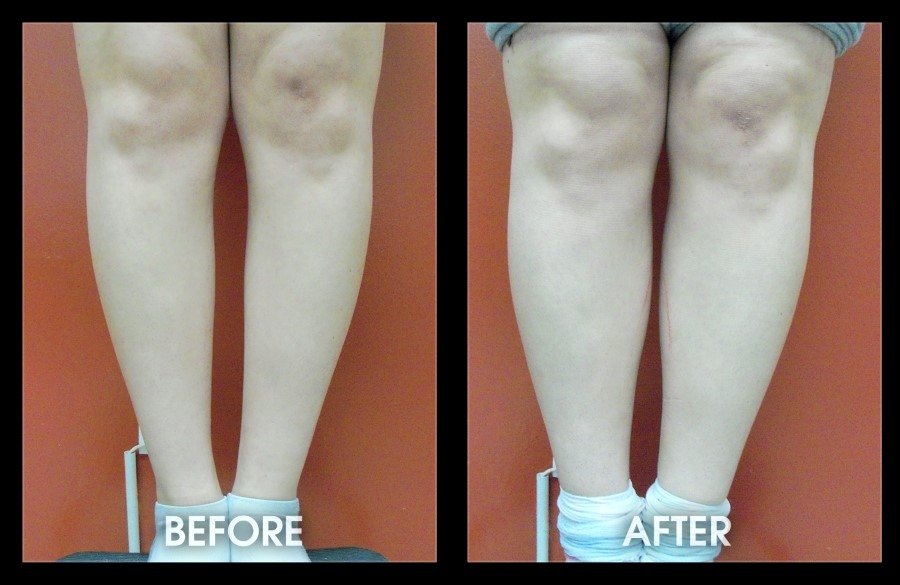CALF IMPLANTS – FAT TRANSFER FOR SKINNY LEGS COST?
Plastic Surgery for Men. Everything you need to know about a fat transfer for skinny legs.

Fat Transfer for Skinny Legs Cost?
We frequently get asked about various cosmetic implant procedures for men, one question that has been asked many times is, “ fat transfer for skinny legs cost?”
That question is answered by Dr. Paul Chugay.
While we do perform fat transfer to the legs, our preference is to use silicone implants as the results are reproducible and consistent. Fat grafting is limited to space and fat retention. In the calf area, there is a limitation on how much can be added at any given time as adding excess fat can potentially compromise circulation (too much inflammation/swelling) and can increase volume loss if there is insufficient space. Aside from this fact, there is the inevitable loss of fat with fat injection. Not every fat cell that is transferred will survive. While there is typically greater fat retention in the buttock region, fat transfer to legs is less consistent. Typically, we see only a 50% retention of fat in the calf region. For these reasons, we recommend calf implants to add volume to the calf region.
Click here for Costs for Calf Implants.
It is very important you understand all the details of your Calf Implant Surgery, please feel free to contact us for any questions you may have.
CALF IMPLANT PROCEDURE
A cut is made on the posterior aspect of the leg, horizontally in the posterior knee fold. A pocket is made between the lining of the muscle and the calf muscle itself with blunt instruments to minimize bleeding and unnecessary pain post-operatively. The implant is then placed in the pocket. The muscle lining is sutured with absorbable sutures and subcuticular sutures are used to close the skin. Over time, the implant becomes surrounded by a scar tissue pocket, where it stays for the rest of the person’s life.
THE CONSULTATION / IMPLANT SELECTION
Based on the patient’s existing anatomy and desires, the surgeon will find an implant suited to that patient.
AVAILABLE IMPLANTS
Style I
Style II
Style III
CALF AUGMENTATION WITH FAT GRAFTING
Over the course of the development of the calf augmentation procedure, some physicians have begun to explore the use of fat grafting to correct hypoplastic calves. The use of fat injection for augmentation was explored to eliminate some of the common complications associated with implants: implant palpability, lack of correction of the ankle region, implant displacement, and the possibility of capsular contracture. While some have used fat grafting for calf augmentation with some success in their patients, our results have been less than impressive. The largest complaint noted in our patients that we have augmented with fat grafting is that the overall augmentation is not to their satisfaction or that the augmentation is asymmetric. These complaints are largely due to the variability in fat take and potential for fat cell death. In the hands of many cosmetic surgeons, the average patient can expect a fat take of 50-70% without the use of stem cells. However, this is largely dependent on placement of the fat in a place that has a rich blood supply that can foster the growth of the fat cells. When grafting to the calf, the calf muscles are already largely hypoplastic and so there is a lack of a robust blood supply to support fat cell take, in our opinion. While our results are based solely on fat grafting without the use of tissue cocktail, we do not routinely recommend fat grafting to the calf as the results are inconsistent and there is the potential need for serial injections. We will on occasion perform fat grafting to the distal aspect of the leg to produce further symmetry of the legs, particularly in club foot patients. But, due to the minimal musculature and lack of robust blood supply the grafting to this area if not reliable.
CONCLUSION
Calf augmentation with silicone implants is a procedure that can nicely enhance the physique in a reliable fashion. The overall satisfaction rate is excellent as long as care is taken to ensure several things: choosing the right implant to meet the patient’s expectations; meticulous attention to dissection of the pocket to minimize implant migration; and layered closure to minimize hypertrophic scarring.





